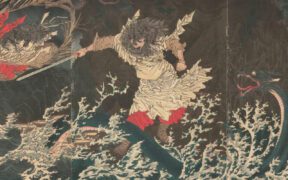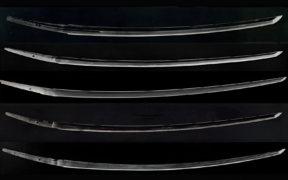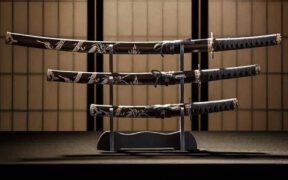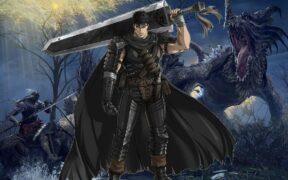7 Straight Japanese Swords: The Forgotten Blades of Japan
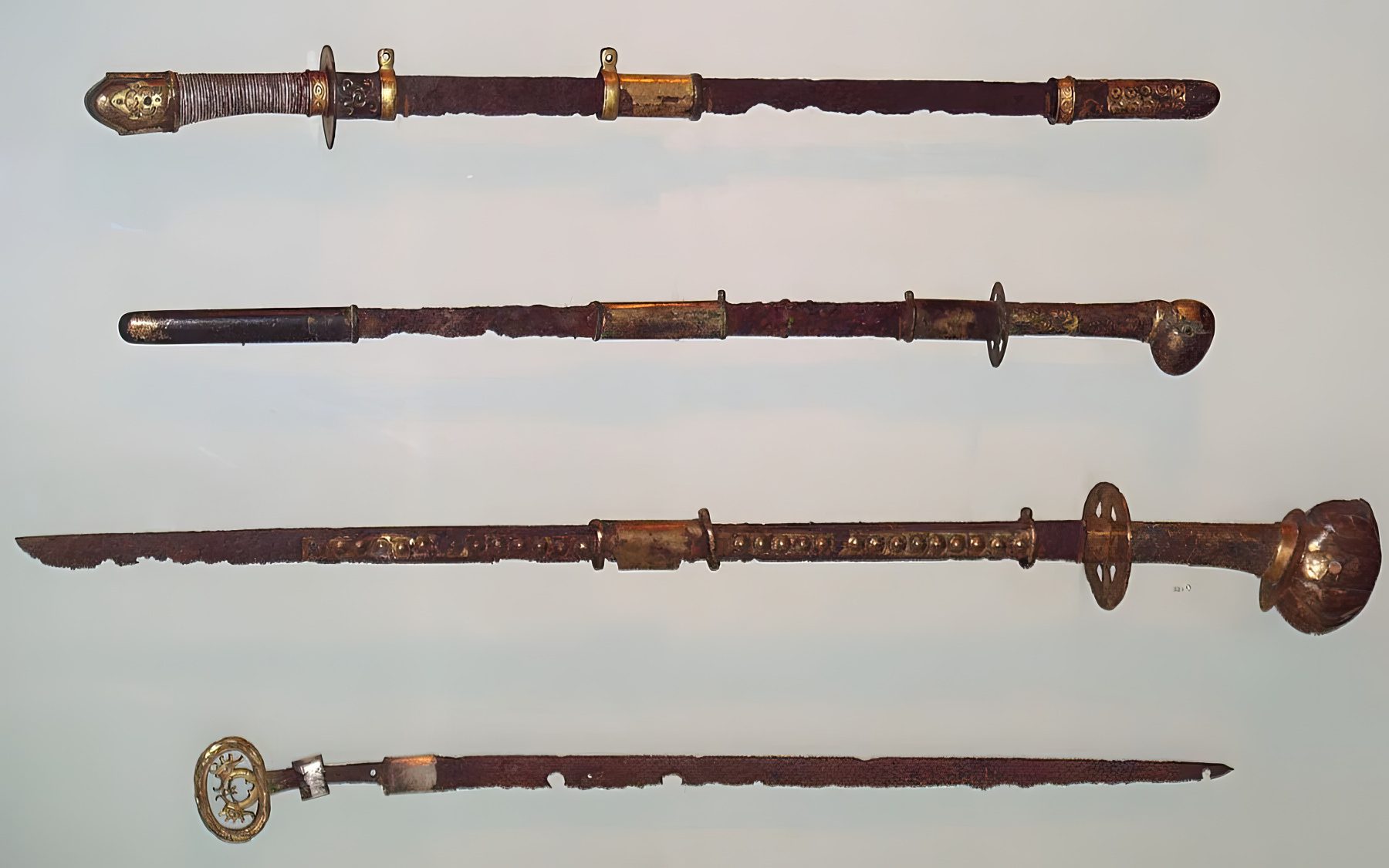
Japanese warriors were known to wield straight blades before the widespread use of the three most popular curved swords of the Samurai – the Katana, Wakizashi, and Tanto. These early Japanese swords were characterized by their simple and straight design featuring either a single or double edged blade that was relatively short.
Although they may not be as recognized as their curved counterparts, the straight blades have played a significant role in Japan’s history where their impact rivals that of their curved peers. In this article, we introduce seven Japanese straight swords that predated the curved blades, along with a few modern examples.
Are There Straight Japanese Swords?
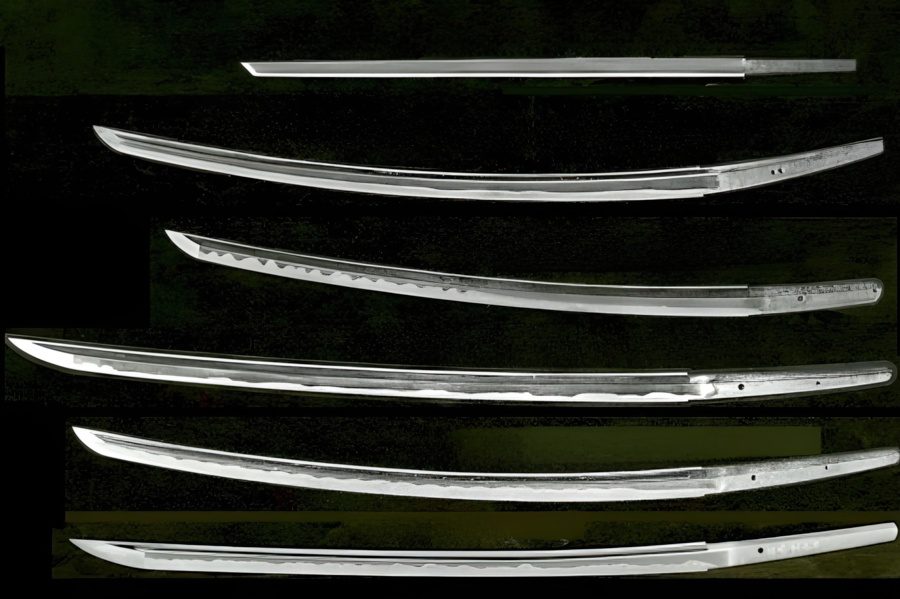
Just like the majority of the world’s civilizations, Japanese swords too had straight blades to begin with. This is mainly due to the limitations in metallurgy that resulted in the production of straight, double-edged, and generally shorter swords. As knowledge improved, Japanese blades became longer, sturdier, and curved.
Today, it is no secret that a large portion of Japanese cultural elements have western Chinese influence. This was also the case with swords. Japanese double-edged bladed weapons first appeared around the 3rd / 4th century BCE.
The Japanese first followed the Chinese Jian sword design. Then during the golden age of the Chinese Han Dynasty, longer straight and single-edged blades appeared. This reached its peak during the Chinese Tang Dynasty when the Tang Heng Dao completely changed the appearance of Japanese Swords.
After the relationship between China and Japan fell apart during the fall of the Tang dynasty, the Japanese stopped the production of their straight swords era and started forging the new curved Koto swords which included the Tachi and Katana.
1. Ninjato
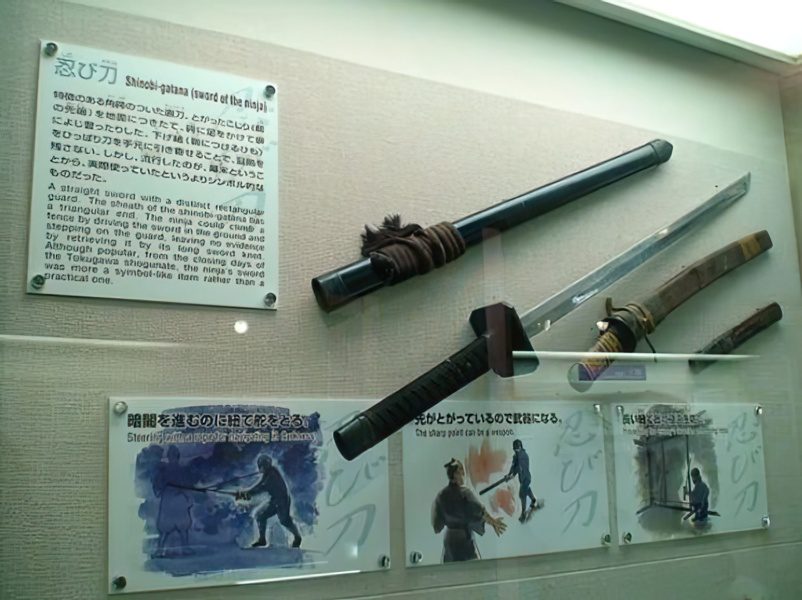
The Ninjato is the most popular Japanese straight sword today, thanks to its association with ninjas. It is heavily debated whether or not it is a historical blade as there are no actual historical findings of this type of blade. This could be because the blade is a modern invention influenced by pop culture or due to the Ninjas’ secrecy, managing to hide their weapons and existence from the annals of history.
Whether these ninja swords are historical or fantasy weapons, these fine blades are straight and single-edged so they can be concealed easily, square tsuba handguards that can be used as a climbing tool, and longer scabbards that allow for various tactics such as Zasaguri No Jutsu.
2. Tsurugi
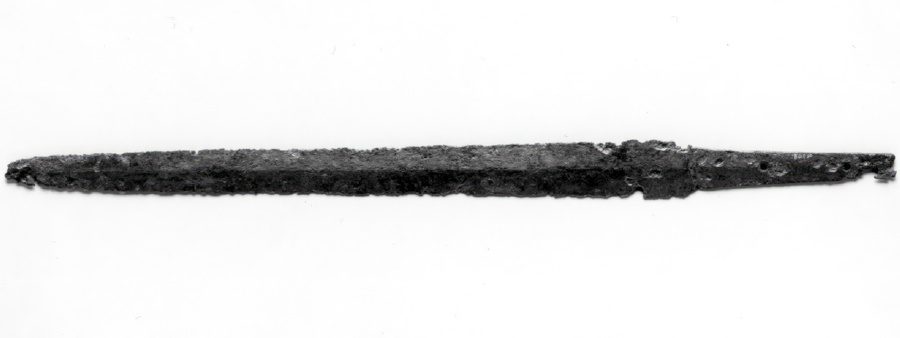
One of the first Japanese blades was the Tsurugi, a straight and double-edged blade first made out of bronze and then of iron. The blade design could have been separately inspired by previous shorter dagger blades or influenced directly by the Jian Chinese swords on the west of the Japanese archipelago.
Tsurugi straight blades were used in warfare but were primarily a weapon of the nobility and higher class. While its thrusting capabilities were replaced with other Japanese blades, the Tsurugi holds a cultural and religious significance in both Shinto and Buddhism.
3. Chokuto
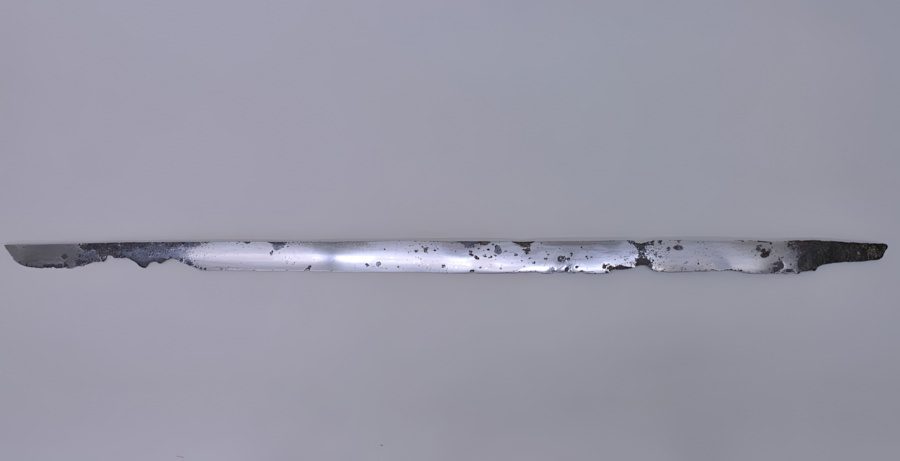
The first type of curved Japanese sword with a single-edge was the Chokuto sword. Just as the Dao replaced the Jian in China, the chokuto replaced the tsurugi. As Japanese swordsmiths improved to forge stronger, longer, and sturdier blades, early types of differential hardening processes led to the creation of the hamon.
These blades were cheaper to create and simpler to use due to their single edge. They were primarily used from the 1st century CE and gradually evolved through the centuries. The Chokuto blades go on to completely shape the style of swords used in Japanese history.
4. Shikomizue
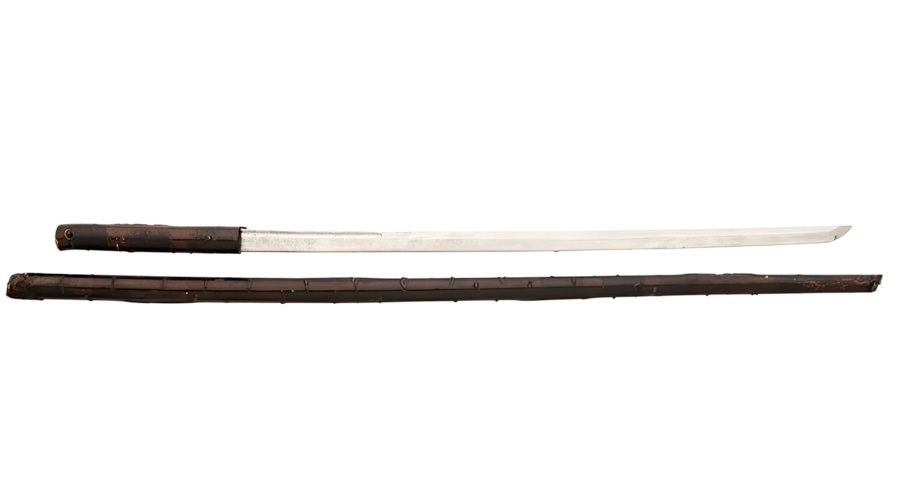
One of the simpler straight Japanese swords believed to be used in ninja training are the Shikomizue cane swords. Featuring a simple Shirasaya, handle, and scabbard, it allows the shikomizue sword to remain hidden, light, and carried effortlessly. They can have various engravings with designs on the blades.
Shikomizue are one of the most popular decorative straight Japanese swords because they frequently feature Damascus steel patterns. Their lack of curvature and lack of mountings make them a very light type of sword which can be carried around as easily as a short Tanto.
5. Warabiteto
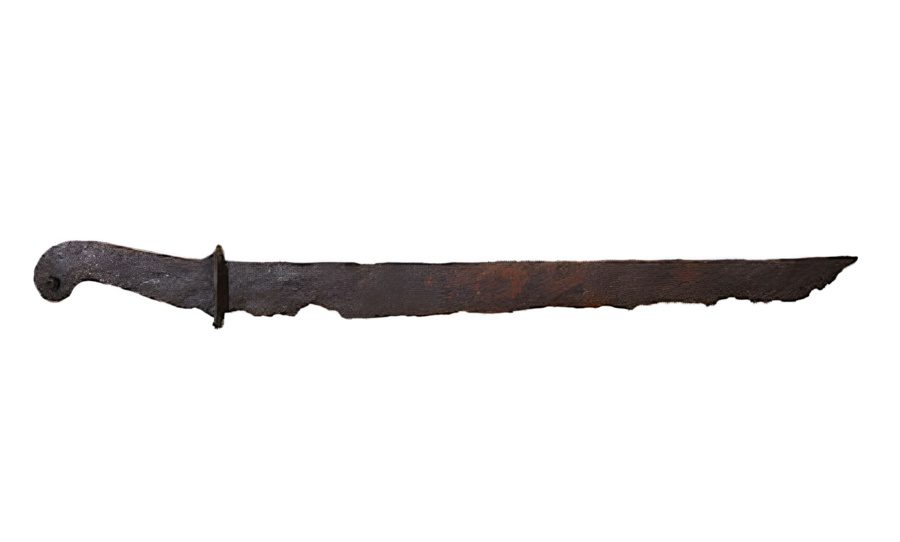
The Japanese sword that could either be straight or slightly curved was the Warabiteto or Wanto. This straight or slightly curved blade is also known as the first curved Japanese sword. It was created in the northeastern parts of Japan by the mysterious Emishi people who were likely to be influenced by Korean culture.
Among all Japanese samurai swords, the Warabiteto was the first to feature a “sori”, or a curve across its blade length. These straight handmade Japanese blades will be the stepping point in the Nara and Heian periods where the full tang curved Tachi sabre will become a new standard.
6. Kogarasu Maru
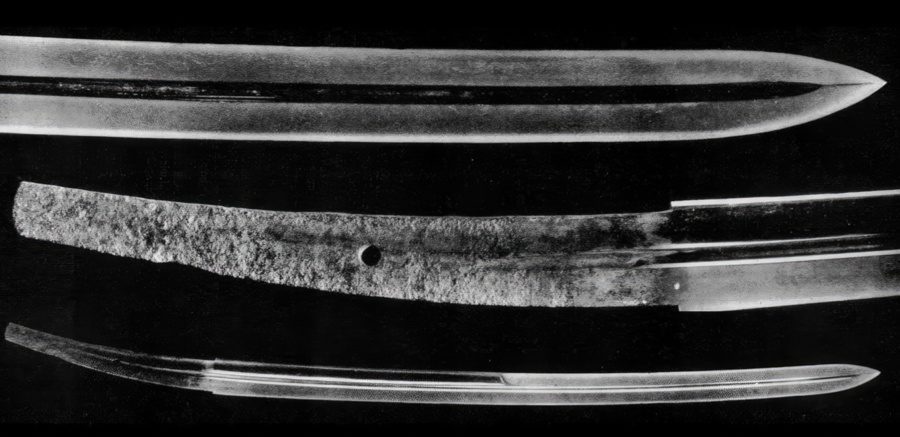
The Kogarasu Maru is a popular fantasy Japanese blade, but it could very well be inspired by a historical design. It is believed that the first Kogarasu Maru with a curved blade was created by a Japanese swordsmith called Amakuni. These blades can be straight and double-edged, but were later curved, forming a type of double-edged Tachi or Katana.
The original version looks like a broad Chinese Jian with a curved handle. This sword has a curved blade that is a result of a careful heat treatment process and quenching. Featuring a double edged blade, this sword was completely replaced by the Daisho, a set consisting of the larger Tachi and smaller Wakizashi during the Kamakura period.
7. Shinai
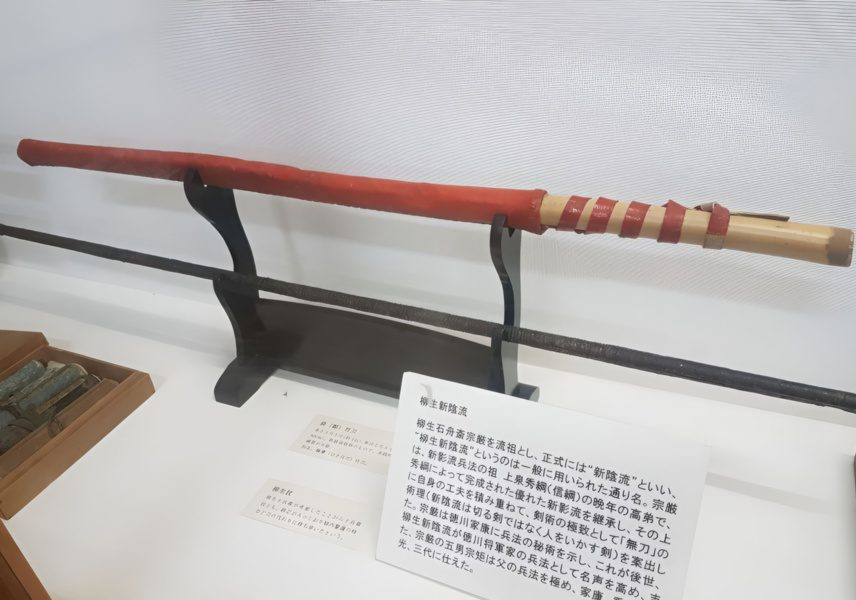
Shinai are training Japanese swords that are straight and usually held with two hands. They are used in Japanese martial arts such as Kendo and Aikido. They were used by the samurai for their training and are traditionally made out of bamboo or wood, so that they won’t be lethal in practice.
This straight Japanese blade is one of the most used Japanese swords today, due to having over 6 million worldwide practitioners of Kendo. There are also curved Shinai versions made out of synthetic material that can be used for practice.
